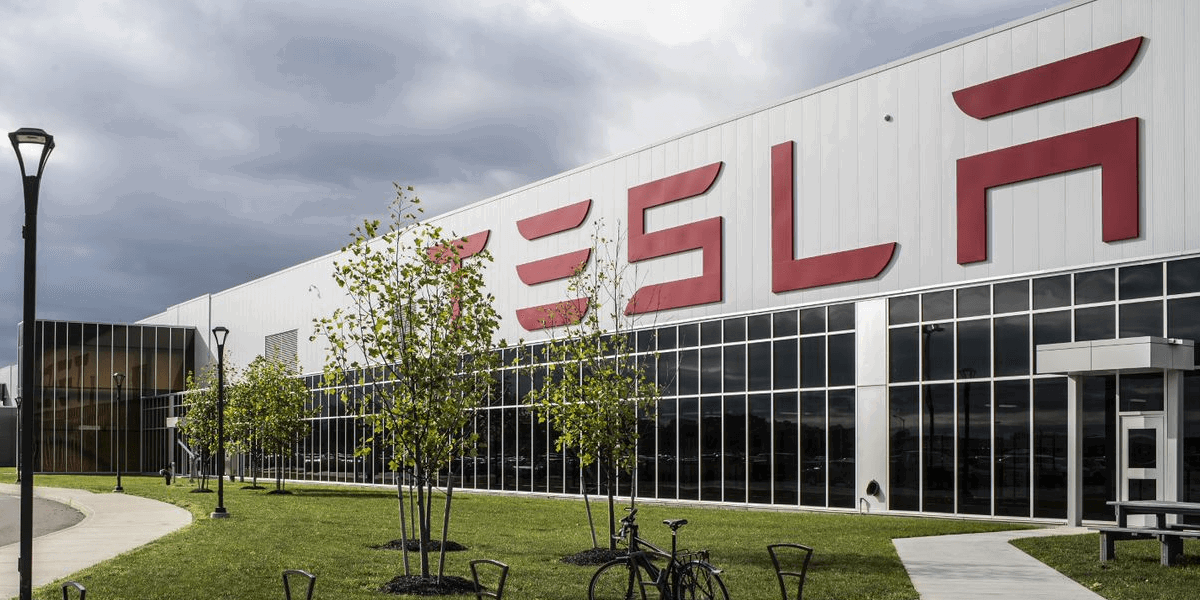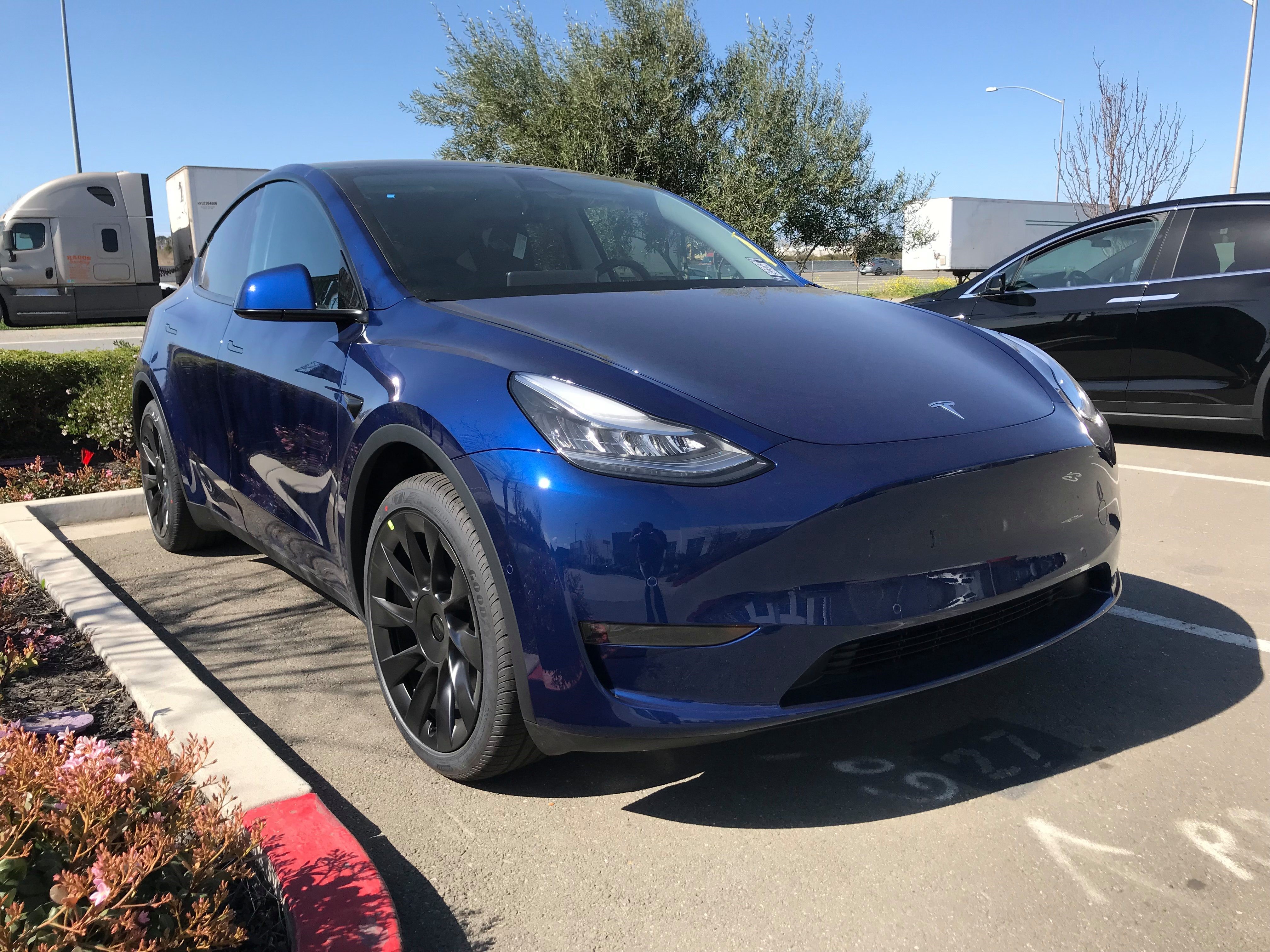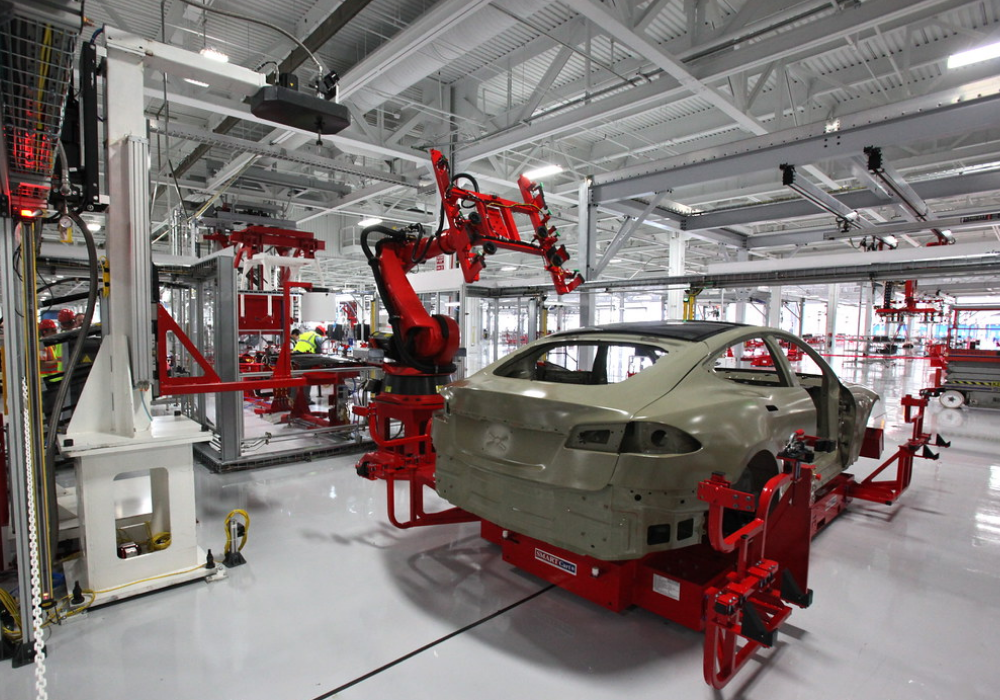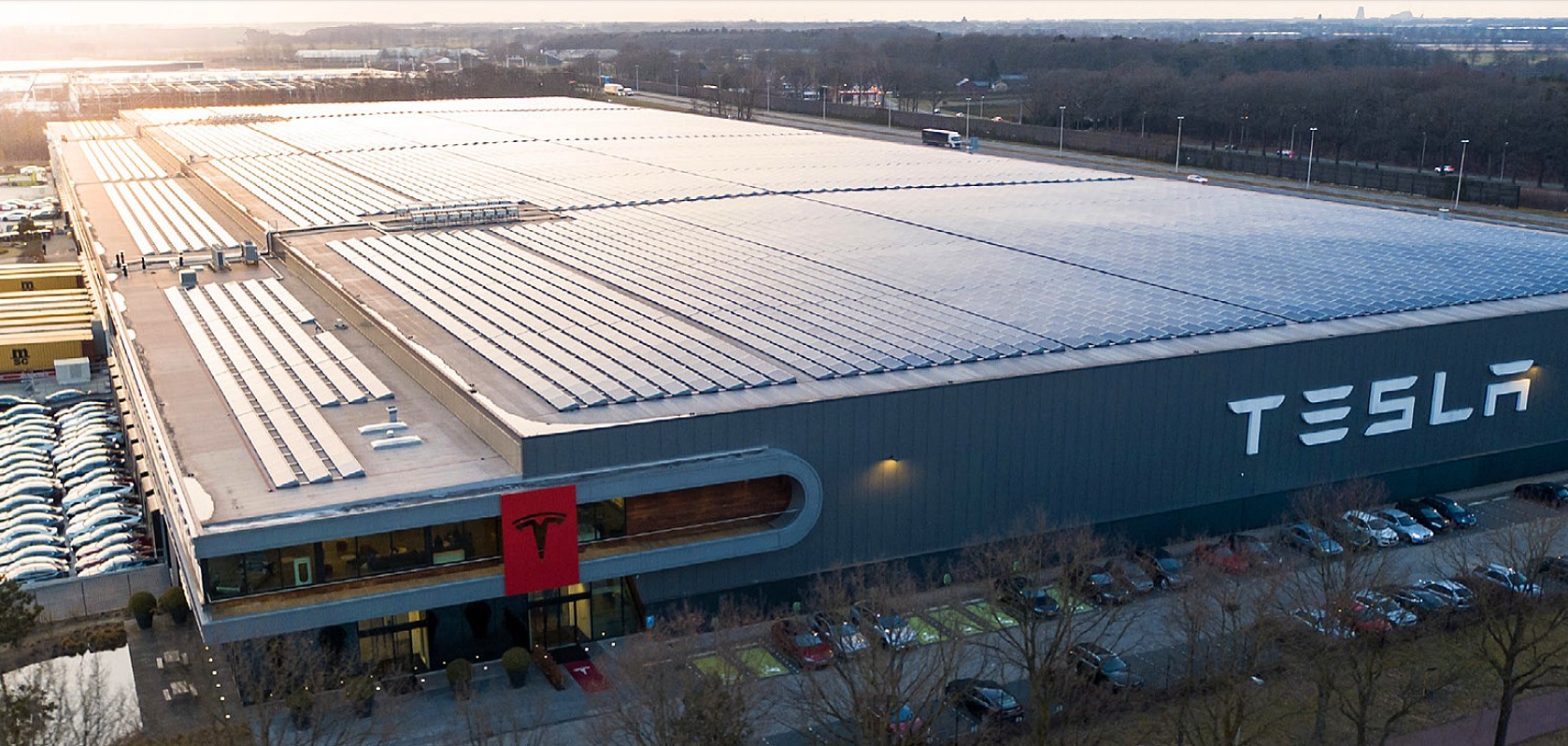

Robots are not efficient enough for Tesla’s new car factory in Germany, which plans to replace hundreds of them with giant aluminium casting machines to build simpler chassis parts, a person familiar with the matter brought up this information.

The electric carmaker, Tesla, has struggled to increase production volumes through hi-tech automation and was forced to fly in a new production line from Germany to Nevada in 2018 after robots failed to coordinate seamlessly at the US factory.
Elon Musk, CEO, Tesla said: “For the new Model Y, we will replace 70 components glued and riveted into the car’s rear under-body with a single module made using an aluminium casting machine.”

“That’s just the start of a new automation drive, with the vehicle’s front module and other parts to come”, the source said.
“Will be amazing to see it in operation! Biggest casting machine ever made. Will make the rear body in a single piece, including crash rails,” Musk communicated over social media on 13th August.
On 7th September’20, as per Tesla news, it has been stated: “The Company’s new plant in Brandenburg, near Berlin, would be supplied with eight Gigapress machines.”

Car bodies have traditionally been made by assembling multiple stamped metal panels, which has helped carmakers to design crumple zones to absorb energy during a crash, but Musk is charting a new course at the Brandenburg plant.
The source explained: “He wants the car’s body to be made from modules, a few of them as possible. He sees casting as the new way forward. Like casting a toy car out of metal.”
“The Gigapress, which is the size of a small house, will be supplied by Italy’s IDRA Srl, and forms a key part of Musk’s drive to reinvent the machine that builds the machine,” the source added.
Musk’s push to lessen manufacturing complexity comes as German carmakers BMW, Mercedes and Audi face pressure from their workers to preserve domestic assembly jobs which are under threat as regulators push electric cars that have fewer components than combustion-engine ones.

Aluminium has proven heavy to use in large components because it is difficult to stamp into complex shapes. To get intricate ridges and other shapes, aluminium pieces have needed to be glued or riveted, since welding deforms the metal.
Injecting molten aluminium into a cast and having robots pull out the moulded metal allows Tesla to combine several manufacturing steps.
Sandy Munro, CEO of manufacturing consulting firm Munro & Associates and a previous critic of some of Tesla’s manufacturing processes lauded its improvements.
Munro said during a recent presentation with consultants Frost & Sullivan: “We were very critical of Tesla when we first started on their vehicles. The gaps were horrific, the weld spatter was everywhere. Nothing fit. But the switch from the Model 3 to a larger vehicle, the Model Y, resulted in a step-change in manufacturing improvements, he said.
Tesla has already shrunk the rear under-body to two parts, forming the largest piece of aluminium that Munro has seen in 30 years of analysing components. “This is the biggest casting we have seen in a car company. This is just spectacular,” he said.
Note to readers: AlCircle brings two-day event for aluminium industry players. We look forward to meeting you virtually at “Global Aluminium Expo 2020”on October 6-7, 2020. For registration, visit www.alcircleevents.com
Responses








